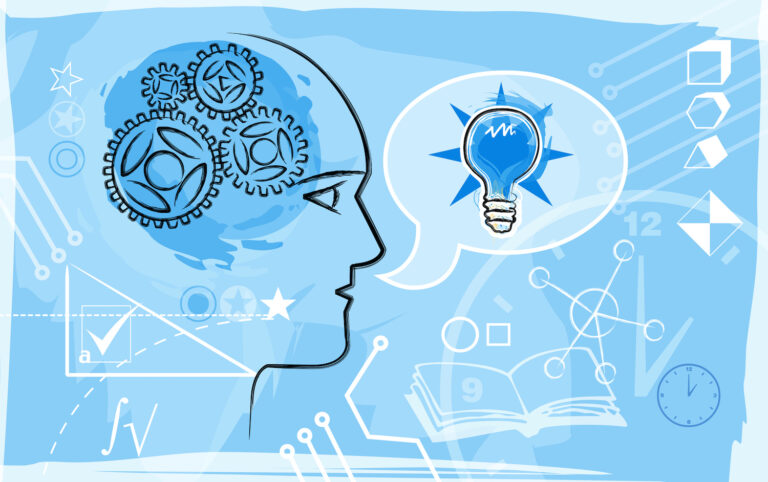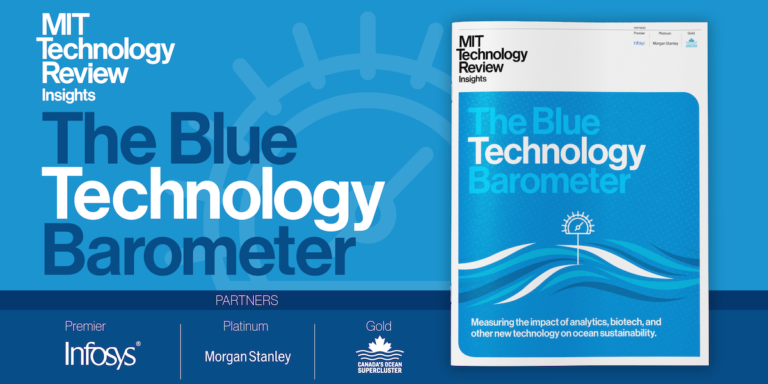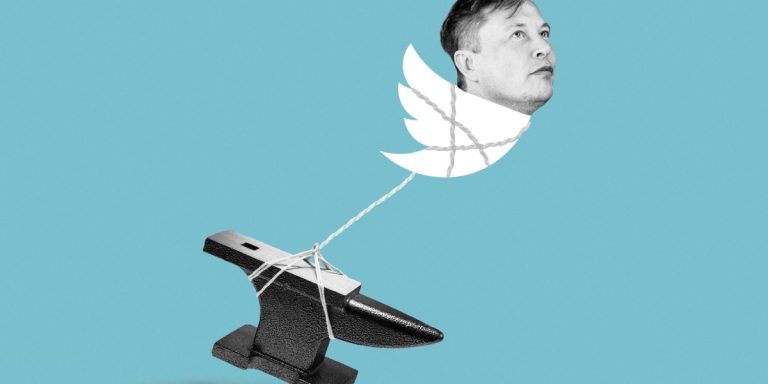
Chronic stress can also alter the prefrontal cortex, the brain’s executive control center, and the amygdala, the fear and anxiety hub. Too many glucocorticoids for too long can impair the connections both within the prefrontal cortex and between it and the amygdala. As a result, the prefrontal cortex loses its ability to control the amygdala, leaving the fear and anxiety center to run unchecked. This pattern of brain activity (too much action in the amygdala and not enough communication with the prefrontal cortex) is common in people who have post-traumatic stress disorder (PTSD), another condition that spiked during the pandemic, particularly among frontline health-care workers.
The social isolation brought on by the pandemic was also likely detrimental to the brain’s structure and function. Loneliness has been linked to reduced volume in the hippocampus and amygdala, as well as decreased connectivity in the prefrontal cortex. Perhaps unsurprisingly, people who lived alone during the pandemic experienced higher rates of depression and anxiety.
Finally, damage to these brain areas affects people not only emotionally but cognitively as well. Many psychologists have attributed pandemic brain fog to chronic stress’s impact on the prefrontal cortex, where it can impair concentration and working memory.
Reversal time
So that’s the bad news. The pandemic hit our brains hard. These negative changes ultimately come down to a stress-induced decrease in neuroplasticity—a loss of cells and synapses instead of the growth of new ones. But don’t despair; there’s some good news. For many people, the brain can spontaneously recover its plasticity once the stress goes away. If life begins to return to normal, so might our brains.
“In a lot of cases, the changes that occur with chronic stress actually abate over time,” says James Herman, a professor of psychiatry and behavioral neuroscience at the University of Cincinnati. “At the level of the brain, you can see a reversal of a lot of these negative effects.”
“If you create for yourself a more enriched environment where you have more possible inputs and interactions and stimuli, then [your brain] will respond to that.”
Rebecca Price, associate professor of psychiatry and psychology at the University of Pittsburgh
In other words, as your routine returns to its pre-pandemic state, your brain should too. The stress hormones will recede as vaccinations continue and the anxiety about dying from a new virus (or killing someone else) subsides. And as you venture out into the world again, all the little things that used to make you happy or challenged you in a good way will do so again, helping your brain to repair the lost connections that those behaviors had once built. For example, just as social isolation is bad for the brain, social interaction is especially good for it. People with larger social networks have more volume and connections in the prefrontal cortex, amygdala, and other brain regions.
Even if you don’t feel like socializing again just yet, maybe push yourself a little anyway. Don’t do anything that feels unsafe, but there is an aspect of “fake it till you make it” in treating some mental illness. In clinical speak, it’s called behavioral activation, which emphasizes getting out and doing things even if you don’t want to. At first, you might not experience the same feelings of joy or fun you used to get from going to a bar or a backyard barbecue, but if you stick with it, these activities will often start to feel easier and can help lift feelings of depression.
Rebecca Price, an associate professor of psychiatry and psychology at the University of Pittsburgh, says behavioral activation might work by enriching your environment, which scientists know leads to the growth of new brain cells, at least in animal models. “Your brain is going to react to the environment that you present to it, so if you are in a deprived, not-enriched environment because you’ve been stuck at home alone, that will probably cause some decreases in the pathways that are available,” she says. “If you create for yourself a more enriched environment where you have more possible inputs and interactions and stimuli, then [your brain] will respond to that.” So get off your couch and go check out a museum, a botanical garden, or an outdoor concert. Your brain will thank you.
Exercise can help too. Chronic stress depletes levels of an important chemical called brain-derived neurotrophic factor (BDNF), which helps promote neuroplasticity. Without BDNF, the brain is less able to repair or replace the cells and connections that are lost to chronic stress. Exercise increases levels of BDNF, especially in the hippocampus and prefrontal cortex, which at least partially explains why exercise can boost both cognition and mood.
Not only does BDNF help new synapses grow, but it may help produce new neurons in the hippocampus, too. For decades, scientists thought that neurogenesis in humans stopped after adolescence, but recent researchhas shown signs of neuron growth well into old age (though the issue is still hotly contested). Regardless of whether it works through neurogenesis or not, exercise has been shown time and again to improve people’s mood, attention, and cognition; some therapists even prescribe it to treat depression and anxiety. Time to get out there and start sweating.
Turn to treatment
There’s a lot of variation in how people’s brains recover from stress and trauma, and not everyone will bounce back from the pandemic so easily.
“Some people just seem to be more vulnerable to getting into a chronic state where they get stuck in something like depression or anxiety,” says Price. In these situations, therapy or medication might be required.
Some scientists now think that psychotherapy for depression and anxiety works at least in part by changing brain activity, and that getting the brain to fire in new patterns is a first step to getting it to wire in new patterns. A review paper that assessed psychotherapy for different anxiety disorders found that the treatment was most effective in people who displayed more activity in the prefrontal cortex after several weeks of therapy than they did beforehand—particularly when the area was exerting control over the brain’s fear center.
Other researchers are trying to change people’s brain activity using video games. Adam Gazzaley, a professor of neurology at the University of California, San Francisco, developed the first brain-training game to receive FDA approval for its ability to treat ADHD in kids. The game has also been shown to improve attention span in adults. What’s more, EEG studies revealed greater functional connectivity involving the prefrontal cortex, suggesting a boost in neuroplasticity in the region.
Now Gazzaley wants to use the game to treat people with pandemic brain fog. “We think in terms of covid recovery there’s an incredible opportunity here,” he says. “I believe that attention as a system can help across the breadth of [mental health] conditions and symptoms that people are suffering, especially due to covid.”






